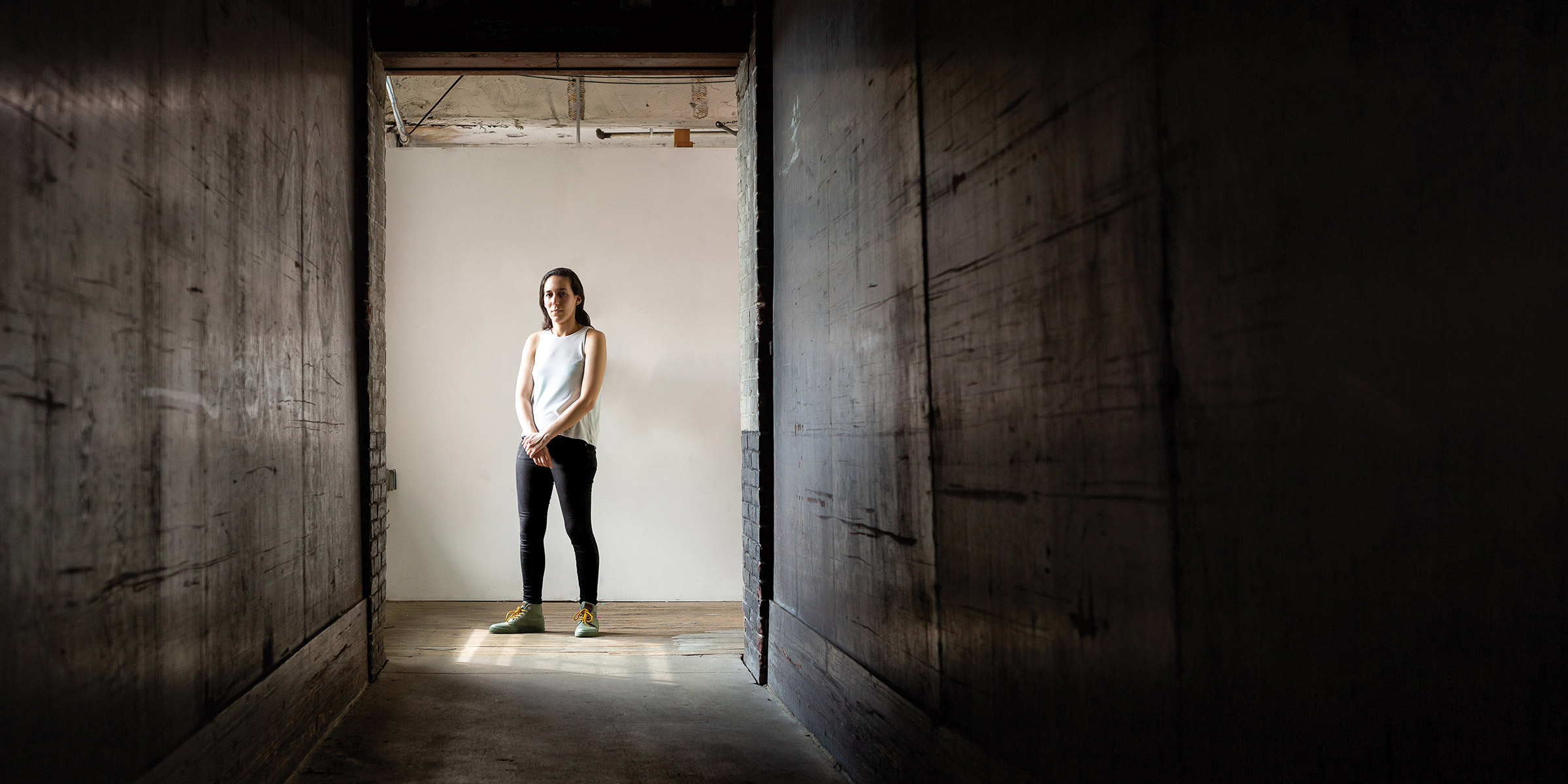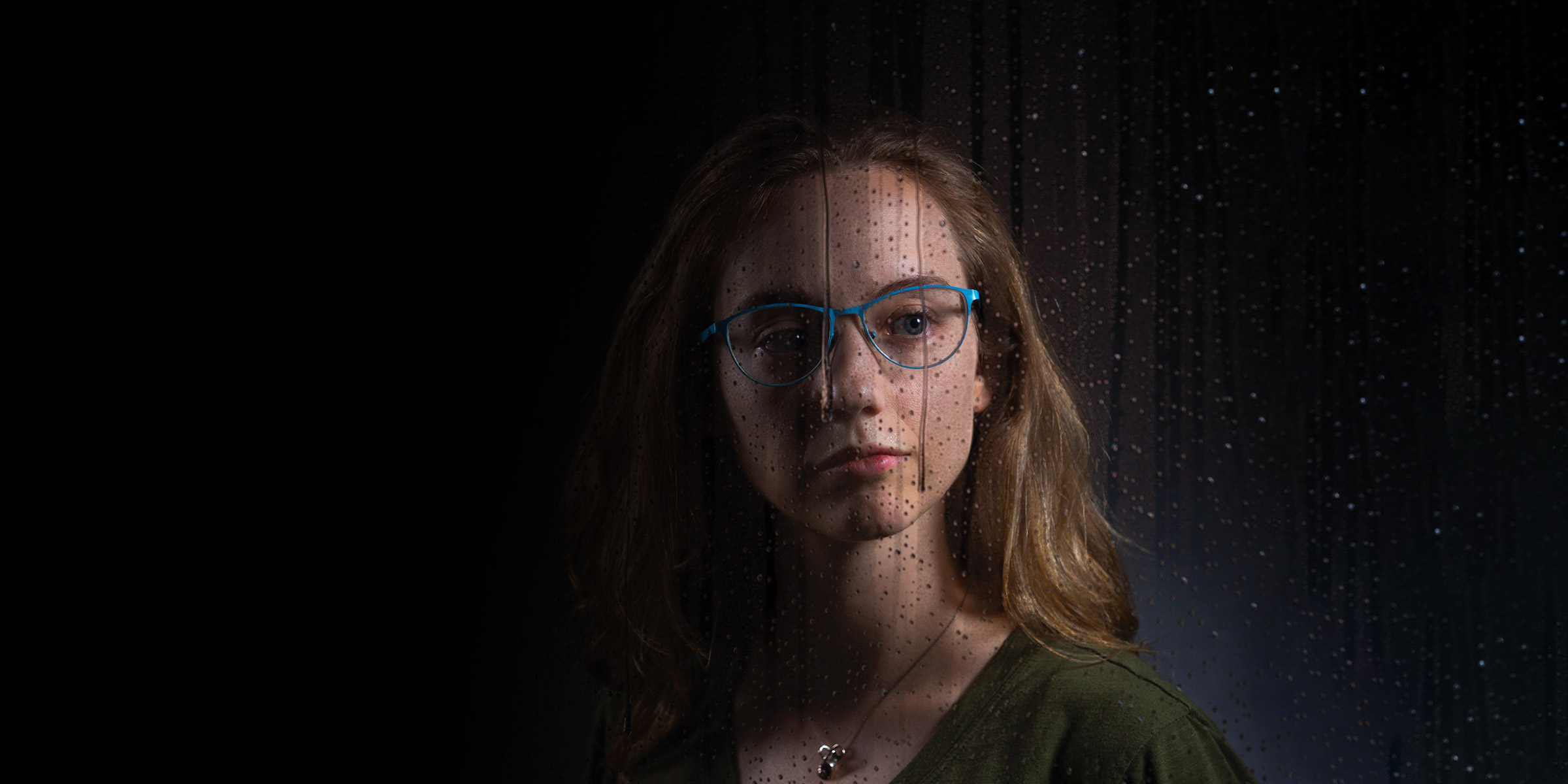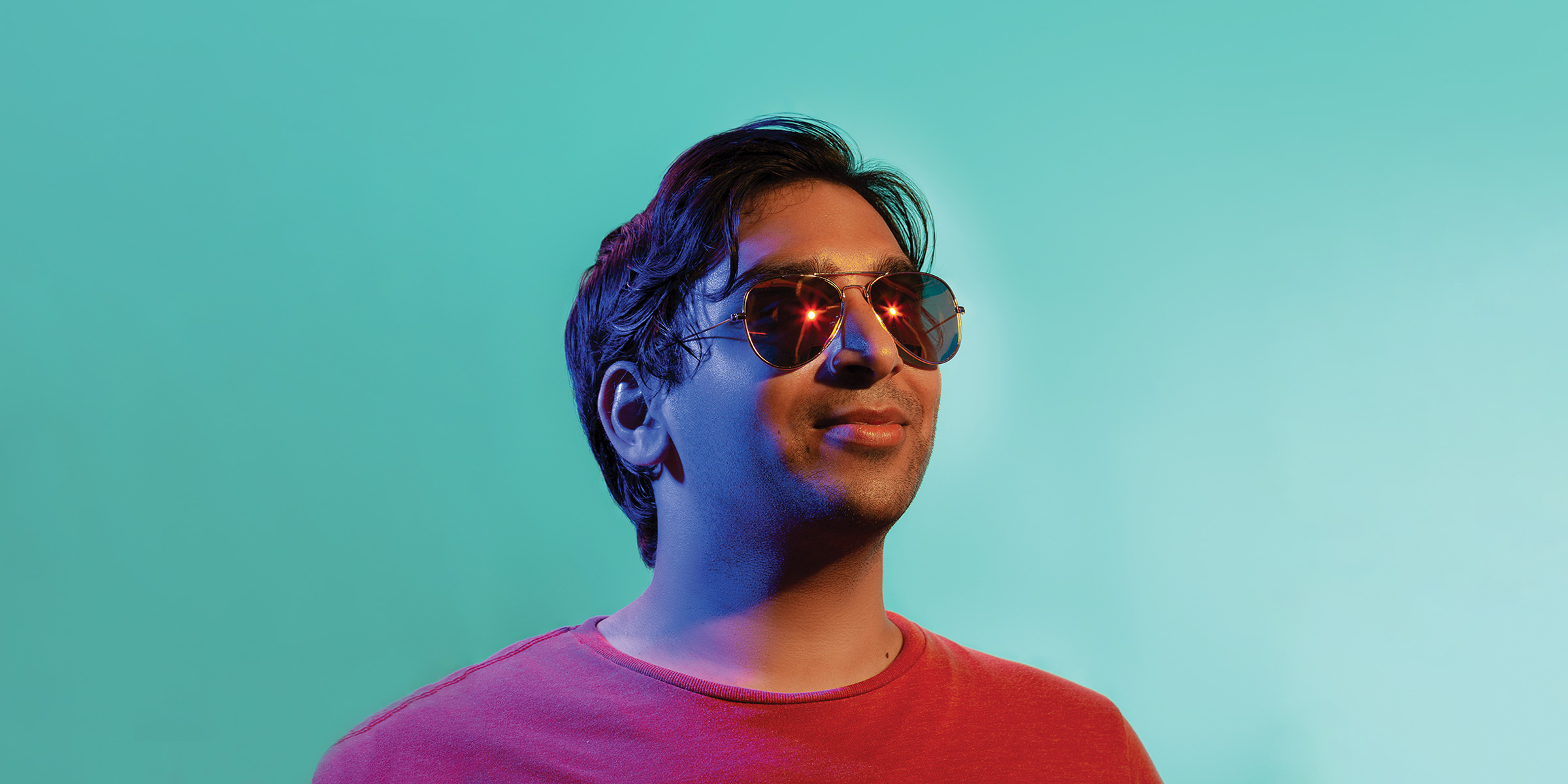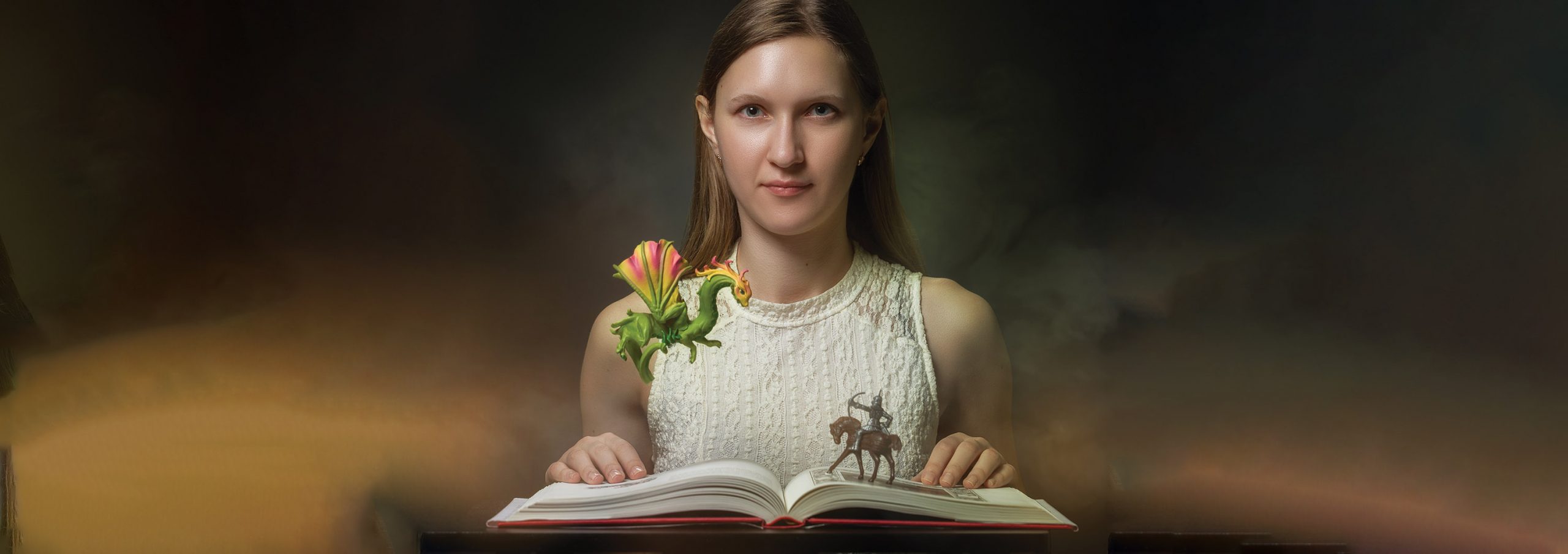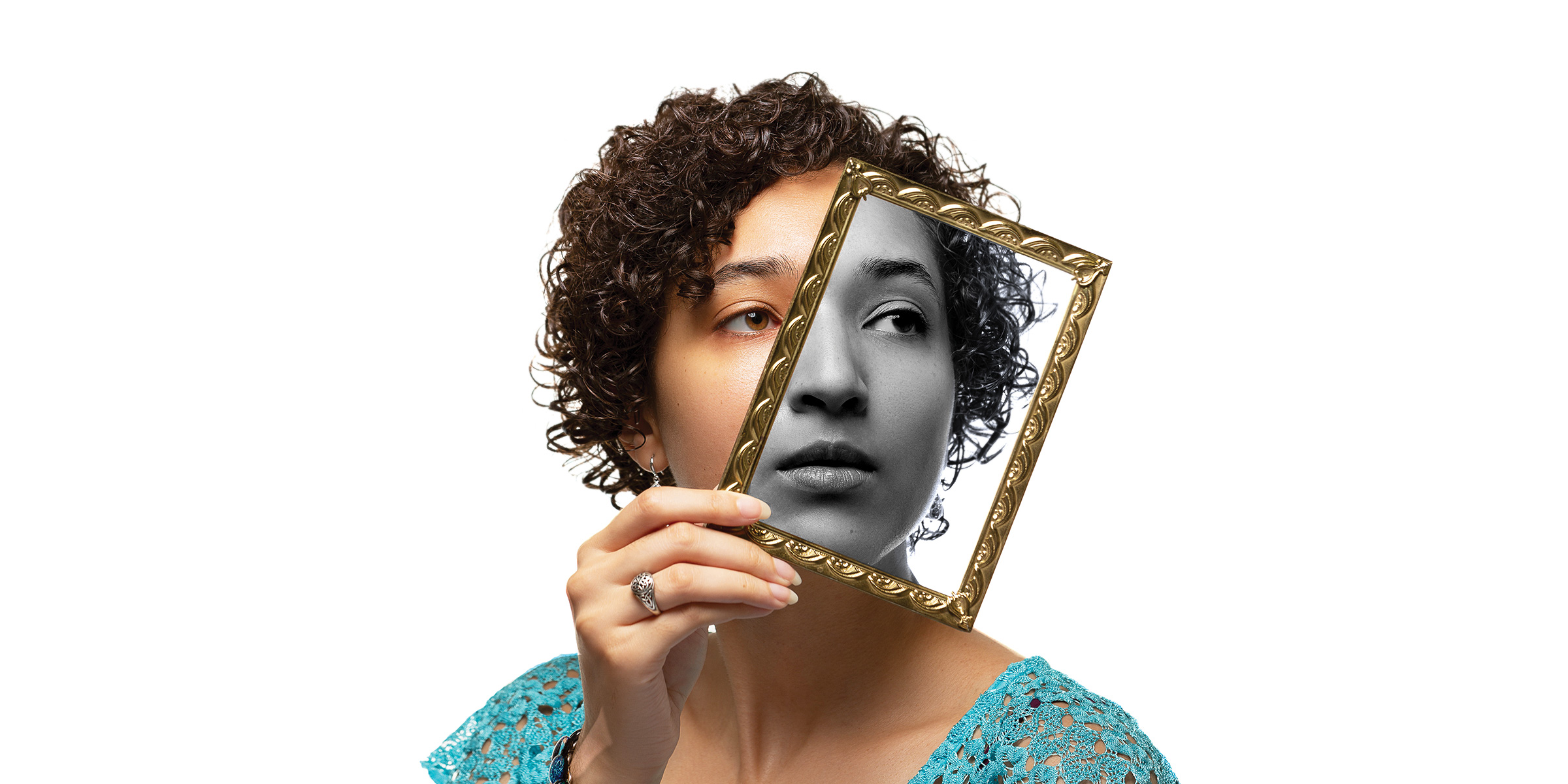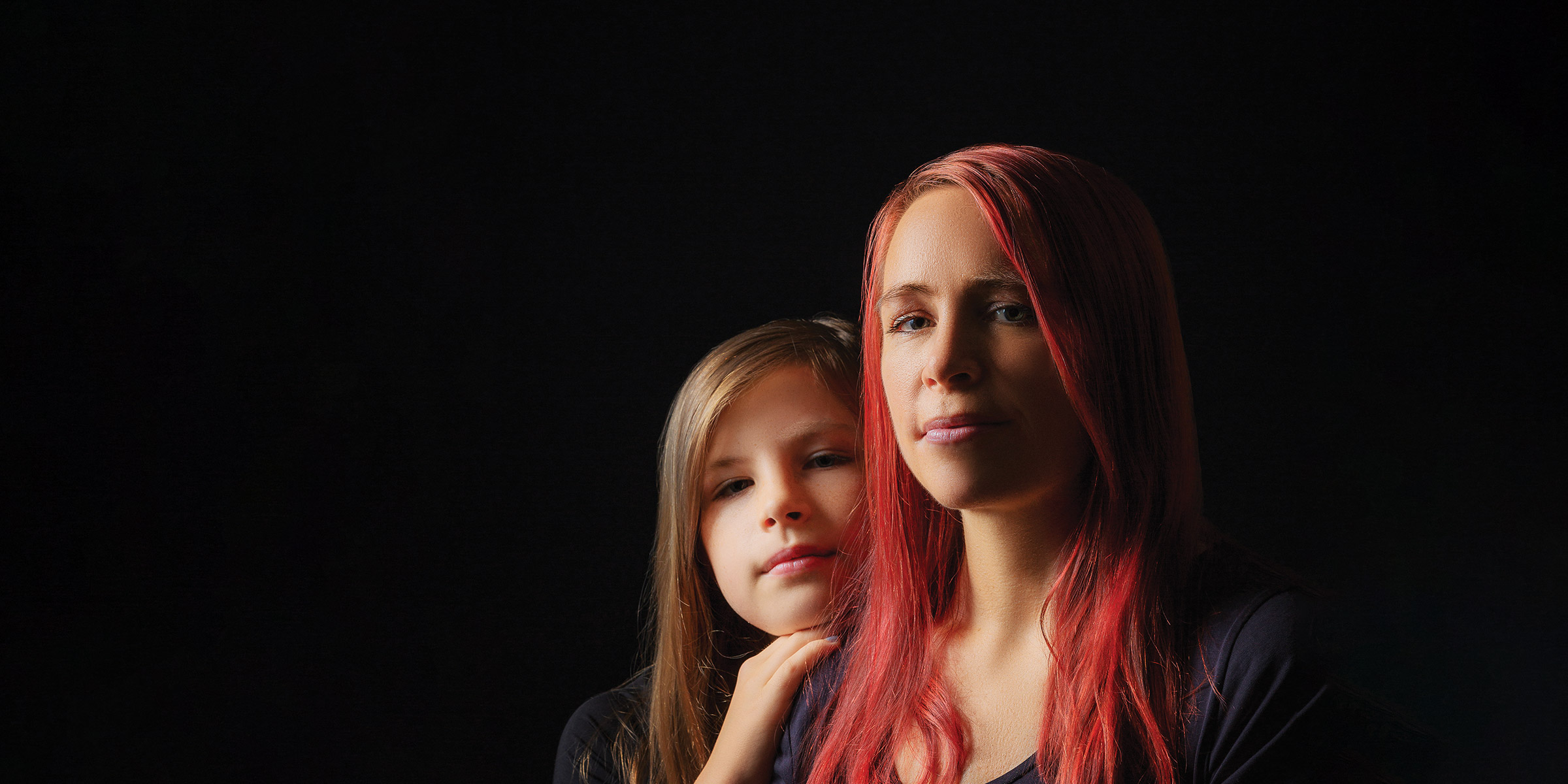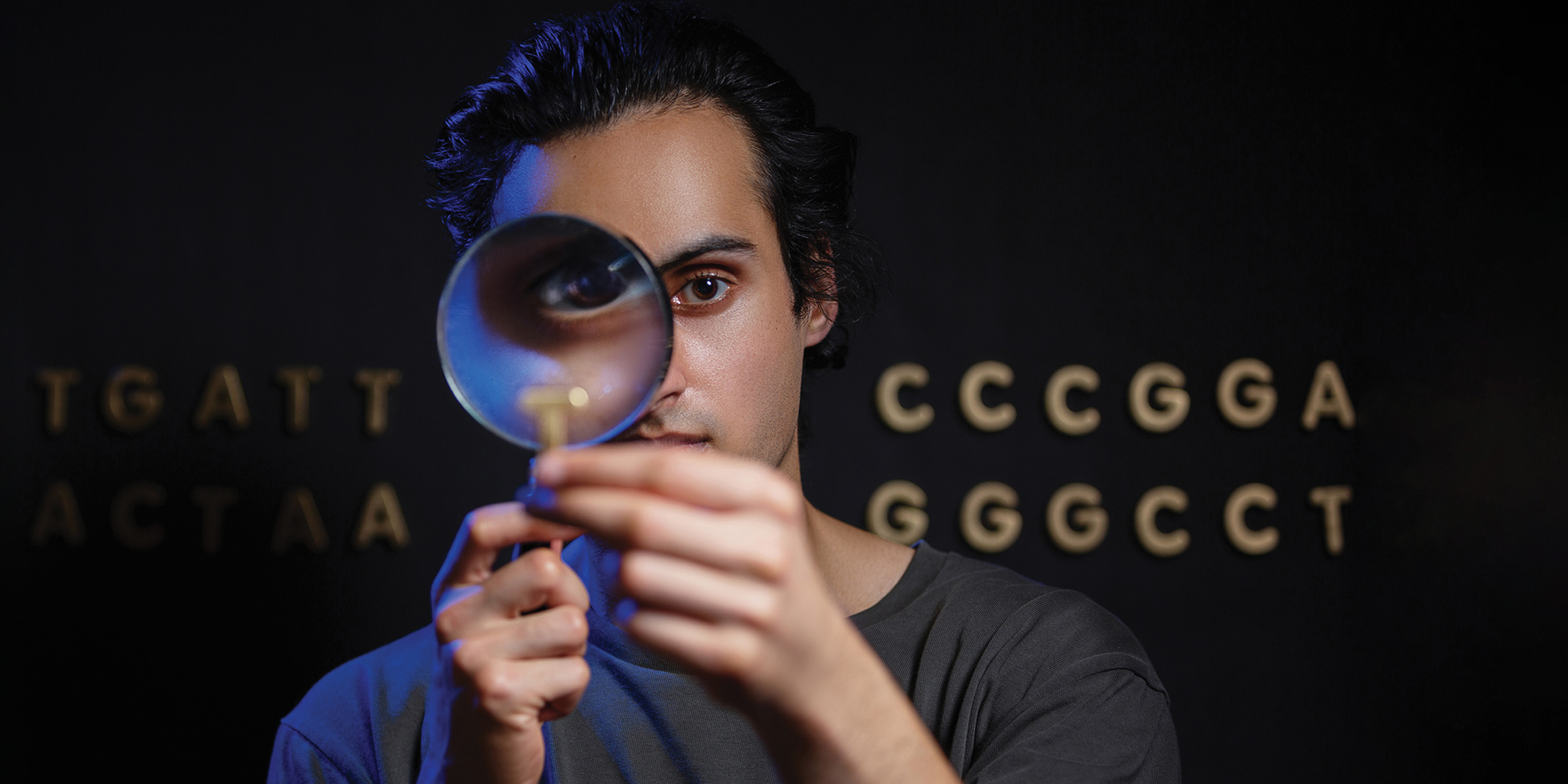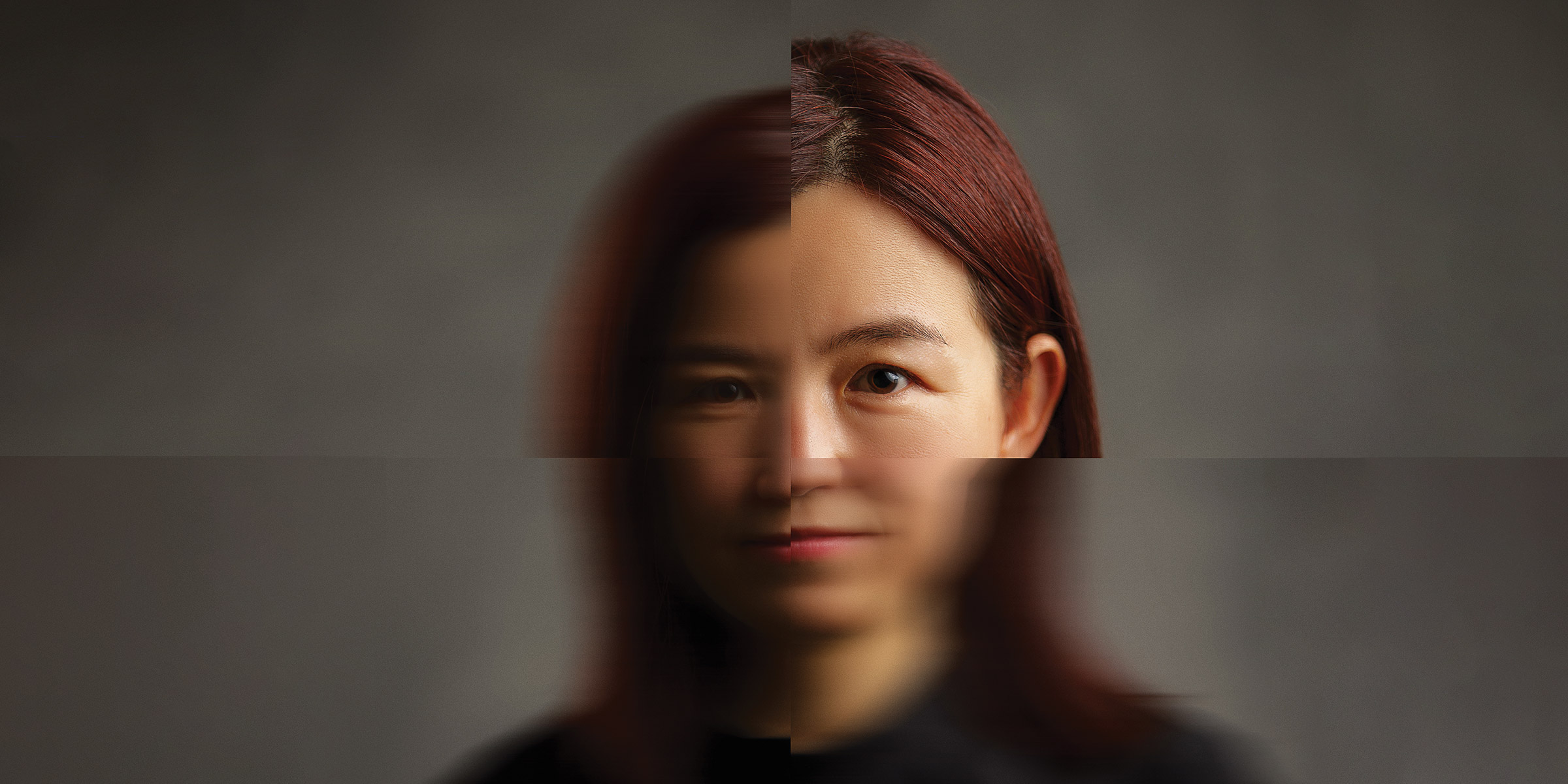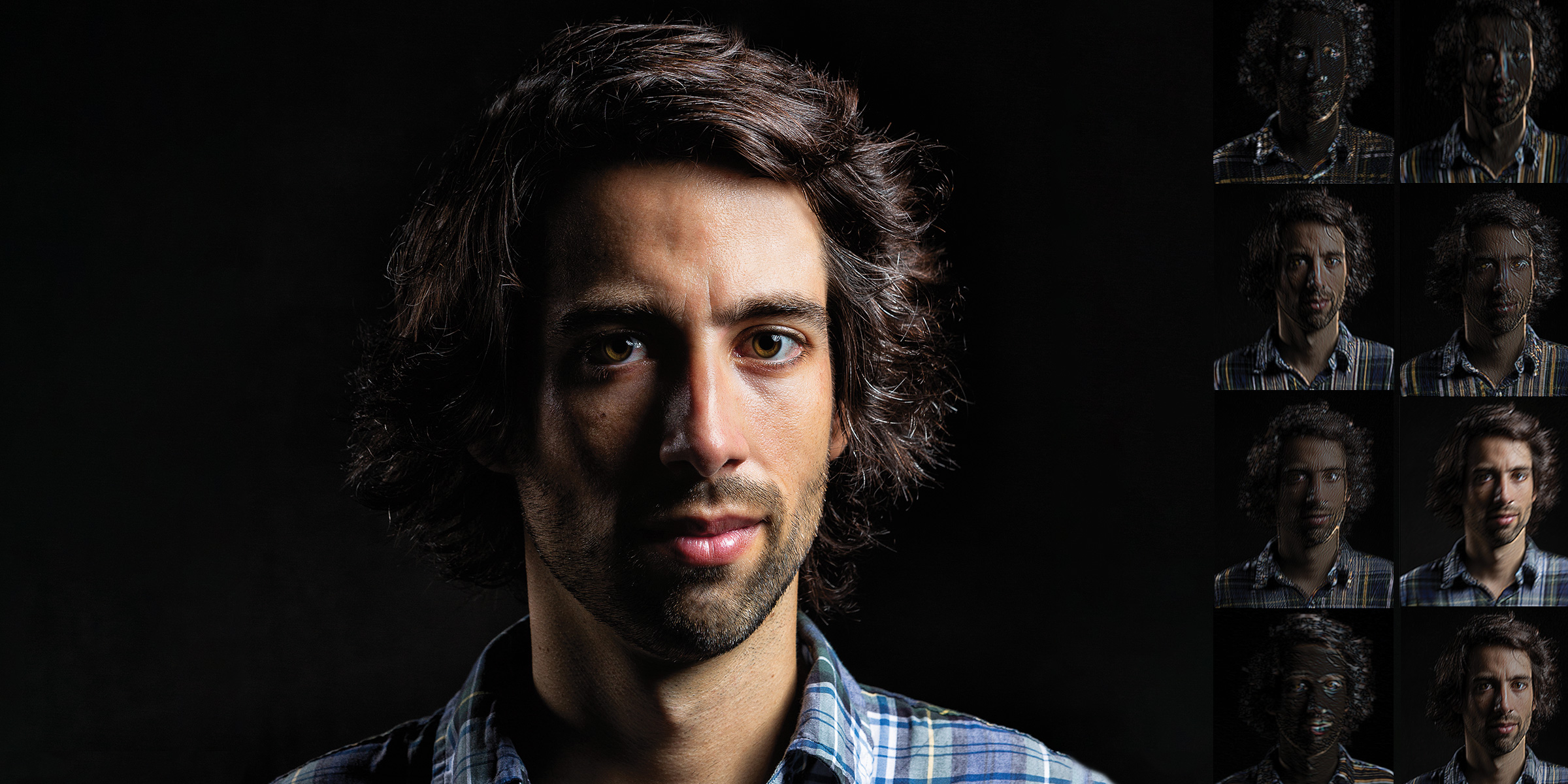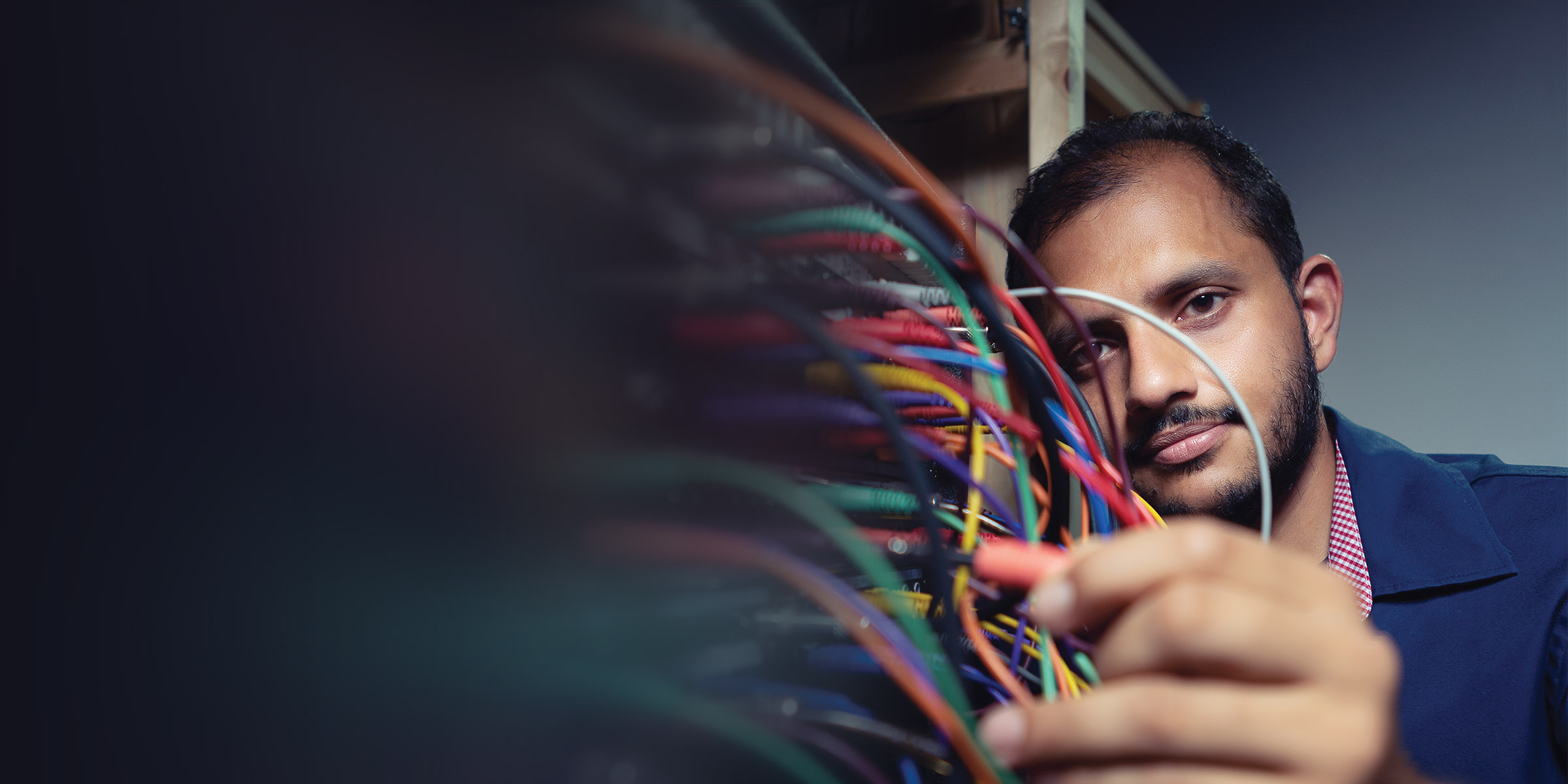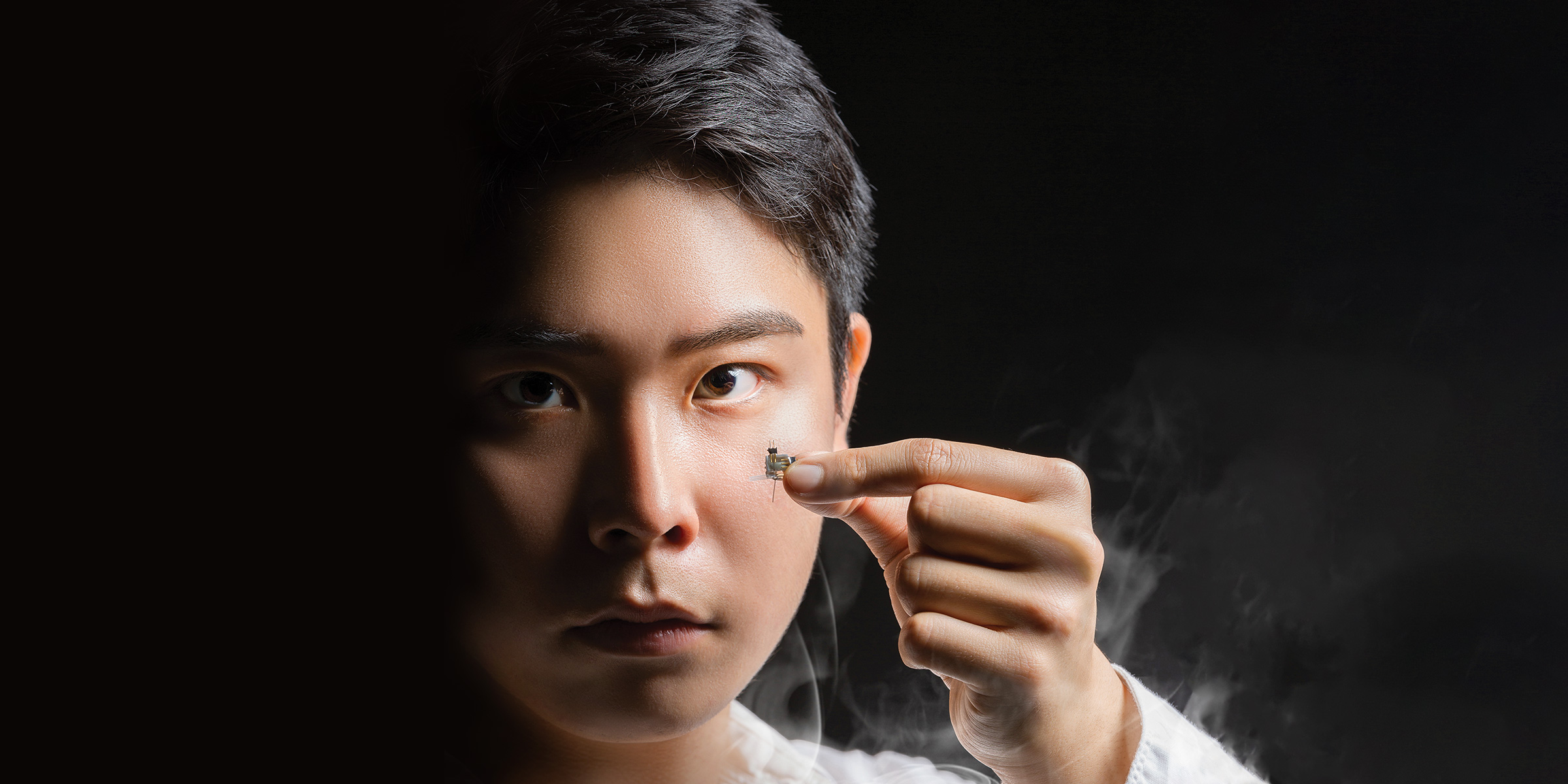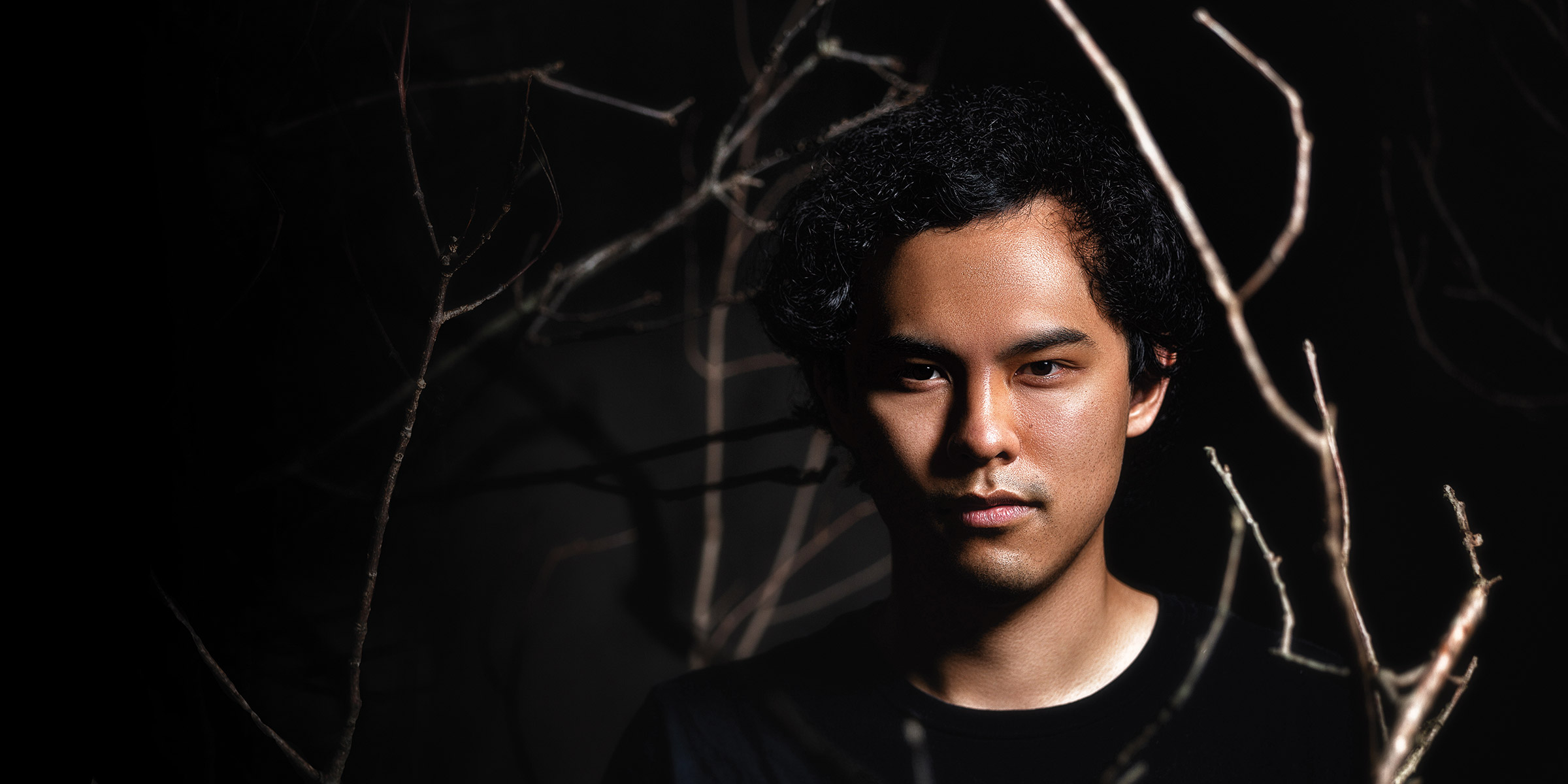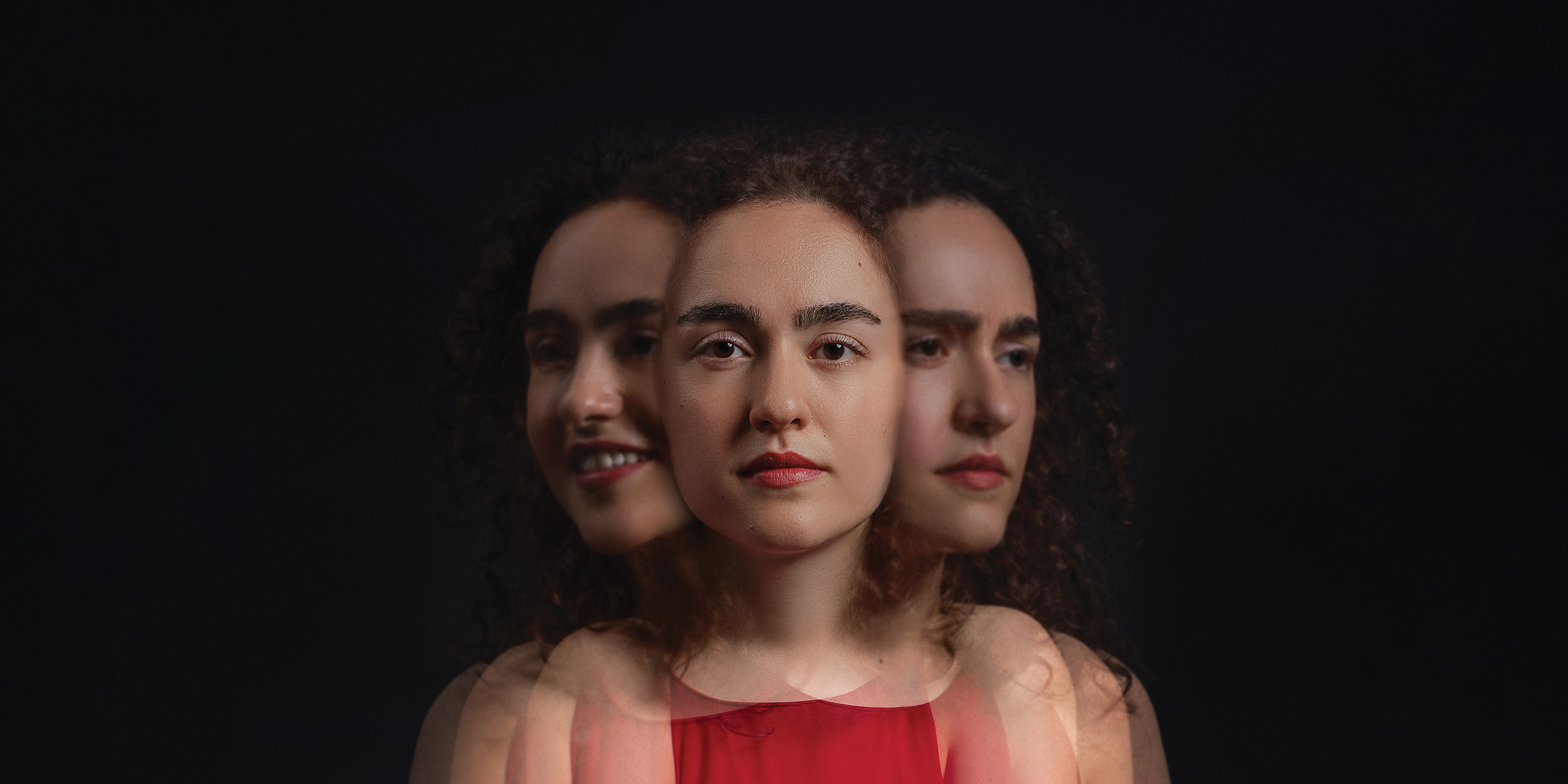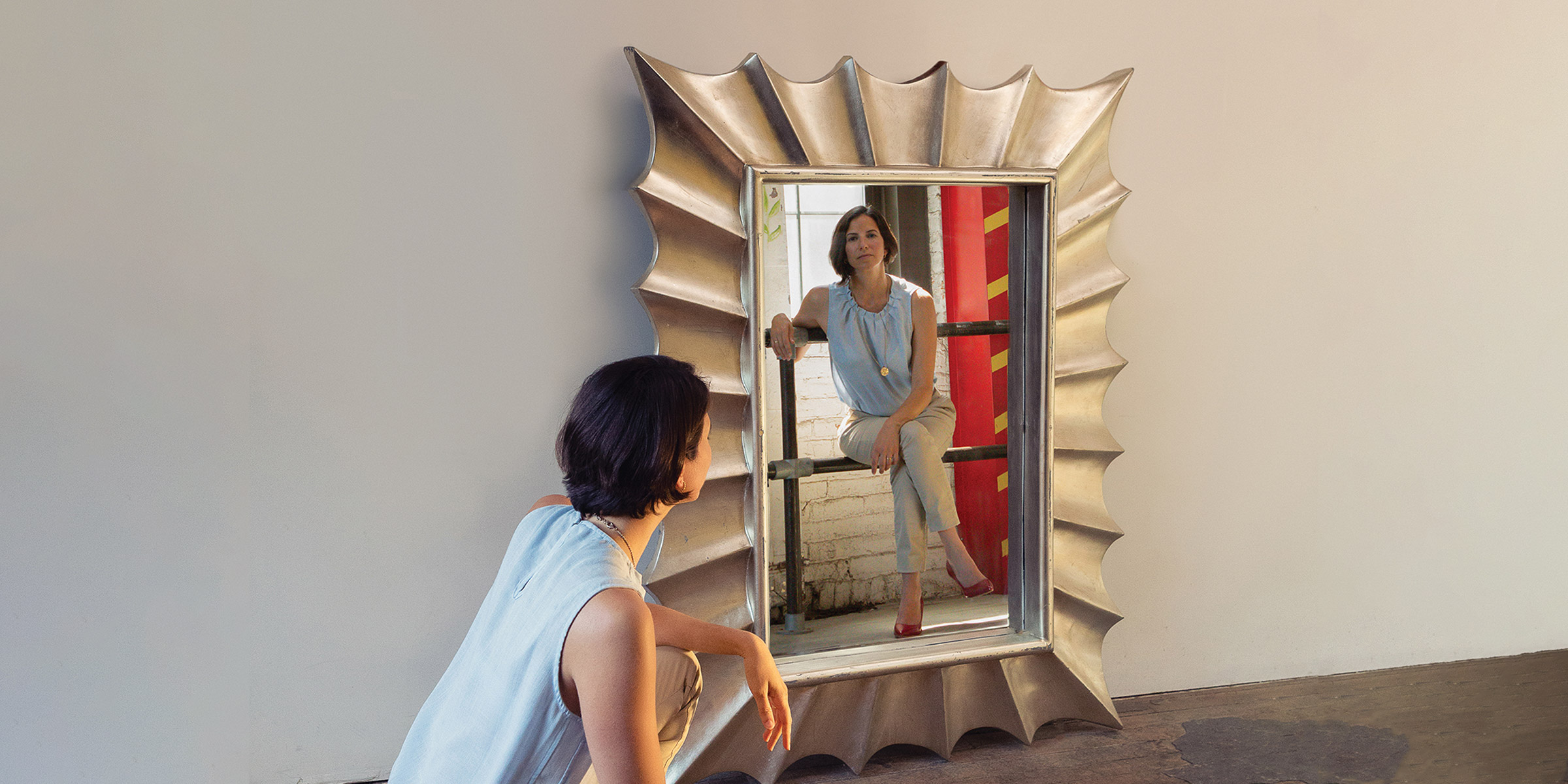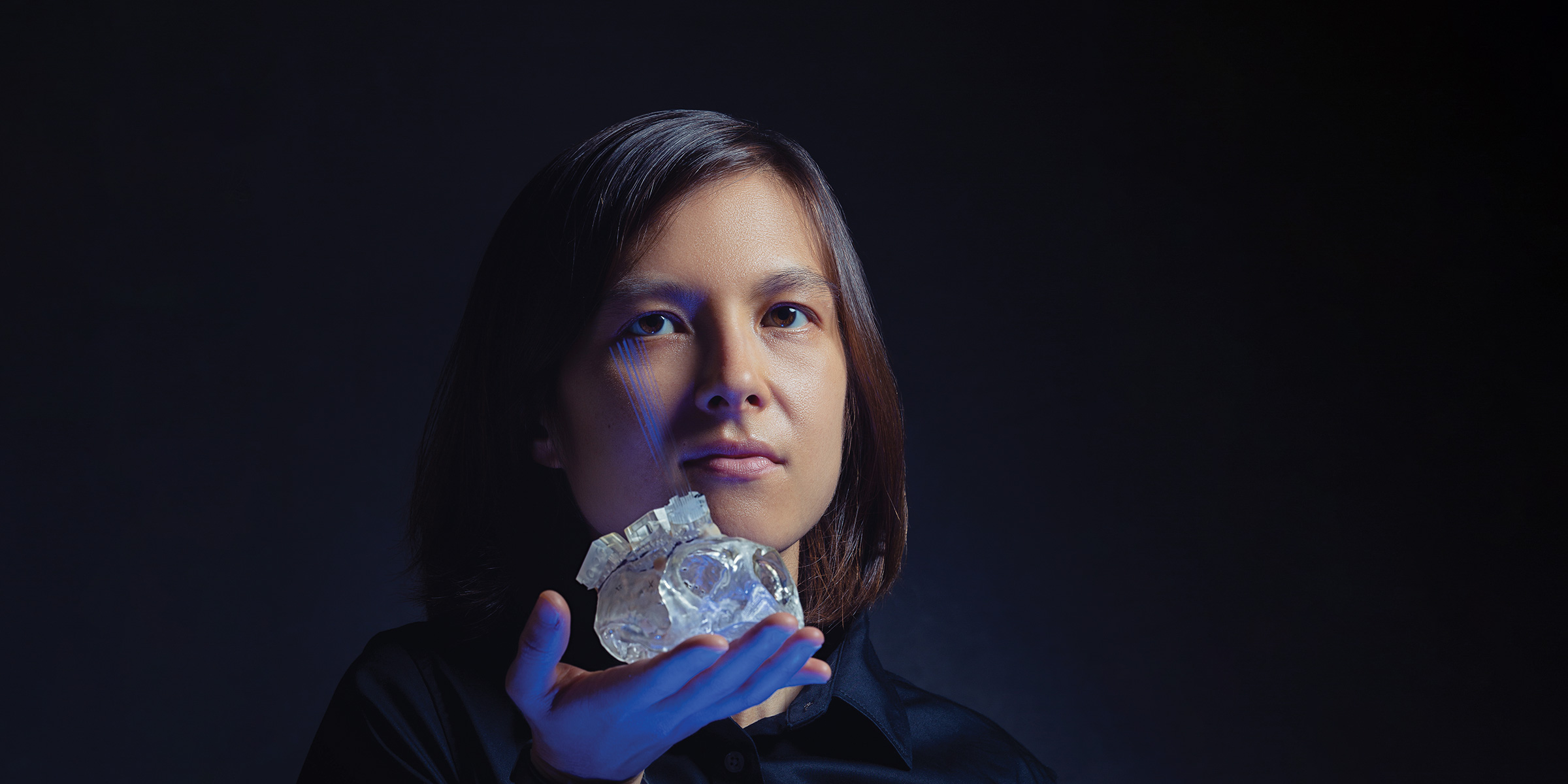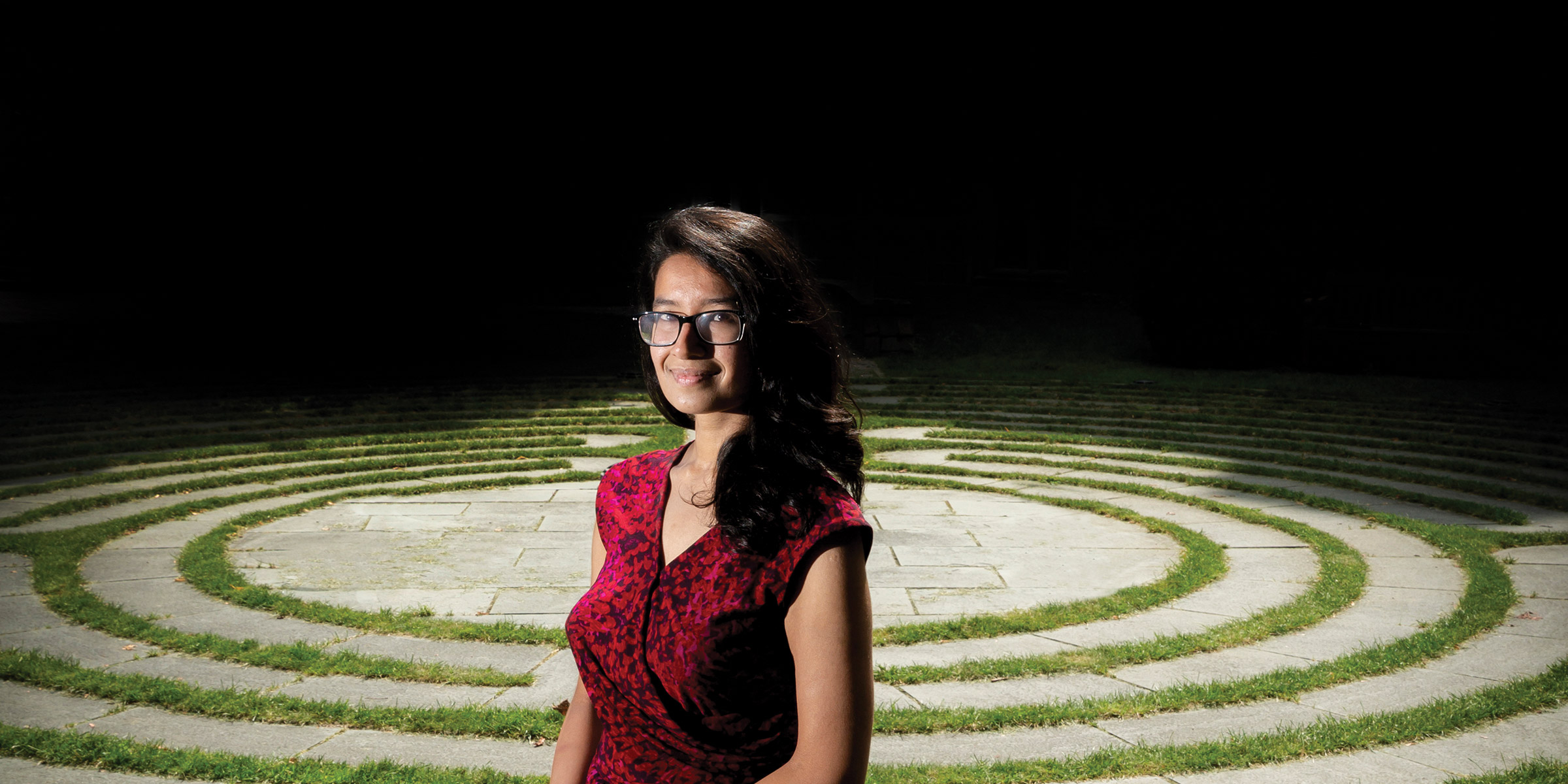Meet the future of neuroscience
The cutting-edge work of the McGovern Institute depends not only on our stellar line up of faculty, but the more than 400 postdocs, graduate students, undergraduates, summer students, and staff who make up our community. This year, which marks the twentieth anniversary of the founding of the institute, we are highlighting the work of some of our young scientists. They are brilliant, innovative, and driven. Their passion for neuroscience is contagious.
These 20 McGovern “rising stars” — each from one of our 20 labs — represent the future of neuroscience.





